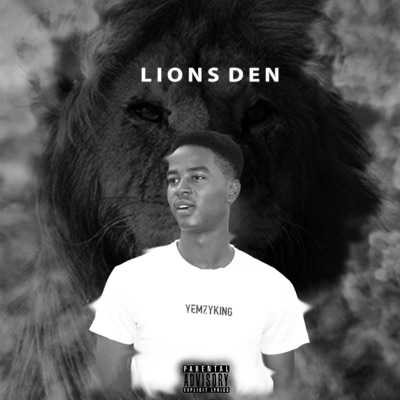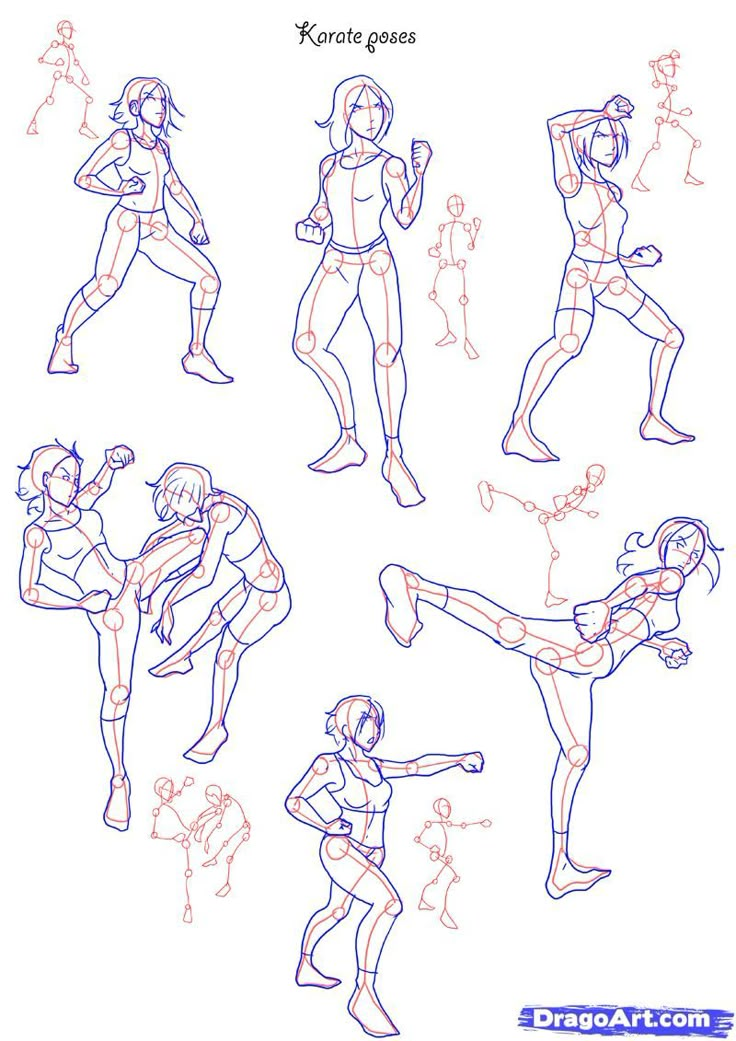How has dance evolved over time
How Has Dancing Evolved As An Art Through The Years
“If I don’t dance for even a day, I feel like something is missing. Dance has taught me how to present myself, to be confident, and it is major part of my life now. I feel like I’m constantly creating something, and that makes me satisfied”, said Harshad Ghohil, Creative Director at Split Sole Dance Academy.
Dance is a form of art, and whether it’s the music, culture or the history behind it, dance has always been a way for people to express themselves. We’ve seen and witnessed its evolution right from jazz, waltz, cha cha cha to viral dance steps like the Whip and Nae Nae, the Ketchup Song, Juju on That Beat, and more.
In America, dances from the 1920s were often characterized as wild and carefree, like the shimmy, Charleston, and most Gatsby parties. In the clubs, dance contests known as marathons would happen, where one dances till you can’t dance anymore. The records made and beaten all around the country ranged from hours to days to weeks. In the late 1920s arrived the tango and the waltz, and still form a crucial element in dance shows like Dancing with the Stars or So You Think You Can Dance.
Dance forms like jazz, jitterbug and swing largely belonged to the 1930s and 1940s. But the 1950s was the year of growth and rebellion. Major dances from the 1950s like the twist and other dances made popular from this rock and roll era influenced movies like Grease, Hairspray, and La La Land. From their poodle skirts, socks, and white tennis shoes, this was the era of the pink ladies and dirty dancing.
Image Credits: City Dance Dance AcademyOver 400 new dances were introduced in the 1960s. Artists like Nat King Cole and The Beatles had a huge influence in this era for dance. The colorful, bright, soulful disco era, of the 1970s saw dances like the hustle, the YMCA, and soul train lines. This upbeat era kept everyone on their toes. The 1980s gave birth to break dancing, hip hop and line dancing which influenced dance culture tremendously to this day. The 1990s had dances like the running man, and the macarena that still are popular in dances that kids do today. The 90s popularized major artists such as MC Hammer, Vanilla ice, and Black Street.
The 1990s had dances like the running man, and the macarena that still are popular in dances that kids do today. The 90s popularized major artists such as MC Hammer, Vanilla ice, and Black Street.
In India too, dance has had a glorious evolution. Although dance forms like kathak, kuchipudi, folk dance, etc. still enjoy a prominent place in people’s entertainment fix, the 1950s brought about a revolution, with dance being incorporated into films and thus Bollywood gained its internationally popular identity. Then heart-throbs like Mithun and Rishi Kapoor brought Disco in all its glory in the 1980s.
Image Credits: PaperToStoneThe 1990s saw an influence of the Western style of dancing, and even the songs rolled out had a major hip-hop, and street flavor in them. The 2000s onward saw a fusion of dance styles, yet keeping the individual tones alive.
We caught up with Mumbai-based Split sole Dance Academy to get insights into the fascinating world of dance, and here’s what they had to say –
Discover the Evolution of Dance
Dancing is poetry for the feet – John Dryden
Who really knows the origins of classical dance or contemporary dance?
To study the history of this artistic discipline and prepare for formal dance competition – say, to audition for entrance to a dance company, you must know of the origins and evolution of dance.
In addition to being useful for your studies as a dancer, having dance history in the curriculum at your dance school can enrich your personal culture and give a better understanding of the evolution of each genre of dance.
Leap with us now, into the constantly evolving art form we call dance!
The best Dance tutors available
Let's go
Dancing at the Dawn of Time
This primitive human cave drawing depicts a successful hunt; surely a dance followed! Source; Wikipedia Credit: Bernard GagnonIf the art of dance is so pleasing to us, it is surely because dance as an art is rooted within us.

The existence of dance goes back to prehistoric times. In European, African and Asian caves, there are drawings depicting the first humans practising this art.
One of the best-known examples is that of the dancing sorcerer in the French department of Ariège, within the Cave of Trois Frères.
Archaeologists have further uncovered tombs adorned with drawings of dancers in Egypt, and similar depictions in the rock shelters of Bhimetka in India; those inspirational portrayals being over 30,000 years old.
These cave paintings are particularly valuable for art historians. However, because the depicted dance is composed of abstract movements, it is a complex science to tease out its precise meaning.
Dance is considered essential to the evolution of civilisation.
Since the first humans had not yet crafted language, it was through their body's movement that they communicated.
Tribes developed a system of motion – a dance, to recognize their members. Any human not knowing the routine would be greeted less cordially.
Around 4000 BCE, we find evidence of early dancing technique.
Humans developed religious dances by incorporating moves such as the splits, ensemble dancing and twirling.
Those dancers evidenced symmetry of movement and rudimentary choreographic design: dance trends became graceful and harmonious.
The art of dance is not to be trivialised: it is, in fact, one of the most ancient arts, without which our ancestors would have had much trouble communicating.
Dance music did not yet exist; still, people danced! Makes you wonder what beats they danced to, and if there was any form of singing...
Check out these private dance classes.
Dancing in Antiquity
It is indeed during this period that the activity we call dance gained traction.
At the peak of the Pharaohs' Egypt, drawing techniques improved, allowing today's researchers to learn more about trending dances of those times.
Egyptian dancers demonstrated great flexibility and equilibrium. Depictions show dancers balancing on one leg, with the other outflung, and arms thrust before them.
Although dance was important in ancient Egypt – for rituals, fitness or entertainment, it was in Greece that dance styles seem to have diversified, in choreography and in purpose.
Dance innovation in Greek civilization included:
- religious dances
- dramatic dances
- lyrical dances
- other special dances
In that epoch, dancing was seen as a means of communication between mortals and immortals.
The Greek people danced in celebration of the god Dionysus, although dancing featured in other rituals, as well.
In his work Saltatione, Syrian satirist Lucian of Samosata explains the importance of dance:
Those who spoke with veracity of dance's origins claim that it was born at the very time of creation of all things, and that it is as old as love, the oldest of the gods.

Dance fulfilled several functions in ancient times, among them:
- a method of communicating and creating bonds during social interaction
- a way of praying to a god during official ceremonies and religious rituals
- an appeal to heal a wound; those were especially macabre dances!
- a means of expressing feelings about the opposite sex or family
There were slow, serious dances that conveyed a tragic feeling. Others were more frenzied, meant to express a satirical feeling. Finally, there were lively and energetic dances to mirror the joy of the dancers.
Discover different dance classes for toddlers on Superprof.
Men, women and children did not always engage in the same dance styles.
Dance was above all a means of distinguishing social classes: gender, age and one's country of origin.
Do you see now, that to become professional dancers, we will have to delve into some textbooks to learn the history of this art?
Search for dance classes near me here.
The best Dance tutors available
Let's go
Dancing in the Middle Ages
You may contend that people didn't do much to promote dance in that dark period of human history, long before anything like Zumba or jazz dance was taught.
The Christian church of the time saw dance in any form as an unscrupulous activity.
To avoid scrutiny, avid dancers of all ages took to practising their dance moves at night, seemingly in protest of strict religion.
Nocturnal dancing gave rise to debauchery – naturally condemned by the Church, which attempted to simply forbid any dance performance, without ever wholly succeeding in suppressing it.
That really shows how the need for dance ties into the human psyche, doesn't it?
Teasing out an understanding of dance during medieval times is particularly difficult.

During that era, only the most erudite, nobility and the clergy, knew how to read and write.
Thus there are few records of any dance steps from the Middle Ages since nobility generally heeded the Church's instructions.
Folk dancing, on the other hand, lets commoners' passion flow: they believed in celebrating life to lyrical repertory!
By the by, through pressure from the Church, religious dances began to fade away... only to give way to new forms of dance artistry!
From the sixth century on, the French invented playful styles of dance, with steps intricately choreographed for dancing groups, around the singer.
That is a bit of trivia to know about dance, should you aspire to one day become a renowned dancer!
Dance and music were treated as two inseparable artistic disciplines: people repeated the songs' chorus while dancing around him.
The most popular dances of the medieval era were:
- The Carol
- The Tresque
- The Estampie
- The Ductia
- The Saltarelle
Even in our very modern 21st century, when all manner of hip-hop and Gangnam Style prevail, it is quite possible to learn how to dance medieval dances!
In dance class, at any dance studio; during private lessons or any venue that provides dance education: you can find an instructor keen for introducing medieval dances.
For an introduction to medieval dance, it is not necessary to be a professional dancer or join a master class... In fact, you can find medieval dance practised at most any dance festival.
Such a dance routine is taught in a convivial atmosphere, be you more eager for couples dances or a dance class for children and teenagers.
Lessons in medieval dance allow us to revisit its acrobatics and to retain primitive choreography, all while encouraging discovery of the rich history of dance that our country is proud to have.
Some dance quotes may boost your confidence and inspire you to discover your rhythm.
Why not ask your dance teacher where you can learn to dance the Carol?
Debut your couples' dance at the next dance party! Source: Pixabay Credit: Alexey_MarkovThe Art of Dance in the Modern Era
The 18th Century brought us a style of dance that we all know very well, still today: the ballet.
Classical dance was particularly popular in France and Italy. Jean-Baptiste Lully contributed to this popularity thanks to his musical compositions, which he performed both for the King but also at the Paris National Opera.
Thanks to the enthusiasm provoked by these well-rounded yet unpolished performances, the so-called Ballet d'action became a means of communicating subtle messages outside of the current political regime.
A ballerina could thus make a political statement without risking her head!
Performers often donned masks in order to draw the audience's attention to the dancers' bodies; in other words, the moves were the meaning.
Dancers ' costumes helped the artists to feel freer, a feeling shared by beginner dancers today.
Shoes and costumes helped to accentuate the fluidity of the body, giving poise and precision to movement.
It was during this era that the famous demi pointe was born.
During this epoch, the classical ballerina represented the epitome of French dance culture, sometimes at the expense of male dancers, who seldom received any level of recognition!
One such talented figure was Marie Taglioni who, at one point during her illustrious career, taught social dance in London!
At the same time, in France, some dancers engaged in what was called danses savantes, consisting of measured and complex choreographies.
The visual artist had to show intelligence and a concentration to be able to execute the movements to perfection, all to a fast tempo!
At that time, such scholarly dances were reserved for the elite.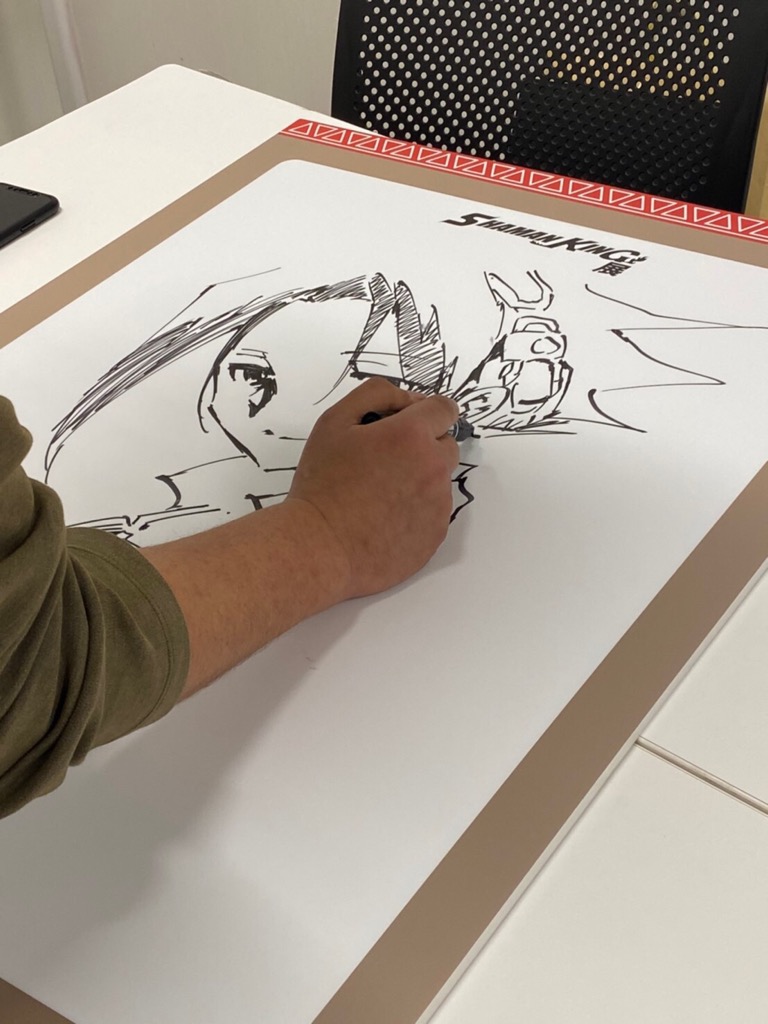 Today, they are accessible to all, through qualified instruction with the best choreographers.
Today, they are accessible to all, through qualified instruction with the best choreographers.
You could also acquaint yourself with them at any of our numerous festivals, held in honour of such dances!
Participating could be your chance to learn to dance like royalty!
Discover also our dance courses Birmingham, should you live in the centre of our island...
You too can celebrate the joy of living through dance! Source: Pixabay Credit: Clicker-Free-Vector-ImagesModern Dancing in the Current Era
Have you seen comedian Judson Laipply in his hilarious evolution of dance video series? It is one of the most watched viral video series on Youtube!
That series parodies the most popular American dances of all time such as the Robot, the Twist, Thriller, and the Touchdown dance.
It was during the 20th century that dance began to evolve into the new dance that is commonly practiced today.
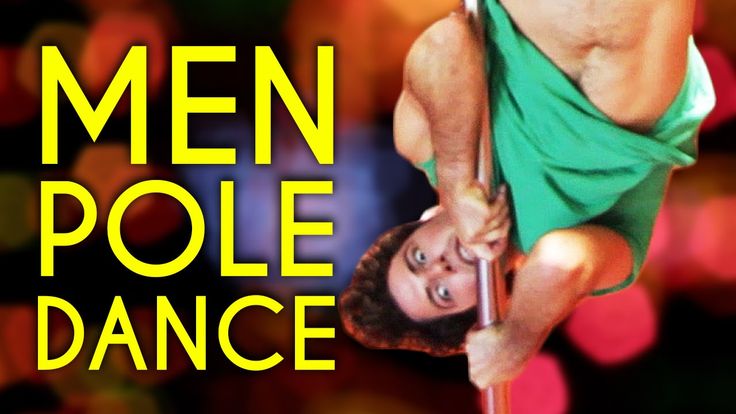
Aspiring to move away from the aristocratic reputation of classical ballet and the limiting "intellectual" dances, more than one choreographer helped popularize modern dance as well as modern jazz (now one of the most studied in dance studios across the country).
While classical dance was rather considered a variation of gymnastics in groups, modern dance puts emphasis on the individual dancer.
Since the 20th century, dance schools have been teaching much more varied styles:
- Tap dance
- Sports dance classes (stretching courses, online Zumba courses, ground barre courses...),
- Argentine Tango
- Salsa
- Hip-hop and jazz hip hop
- Cha Cha
- Swing and East Coast Swing
- Flamenco
- Bachata
- Oriental Dances
- Ragga Dancehall
- Ballroom Dancing
Naturally, you can still take ballet classes or dance the Macarena!
After the Second World War, in an effusive liberation of spirit and movement, contemporary dance took centre stage. .. and hasn't left yet!
.. and hasn't left yet!
Its fusion of different styles, incorporating elements of jazz with ballet technique, learned in intensive dance training, contemporary dance plays on rhythmic changes and improvisation.
The contemporary dancer seeks above all to express independence, diversity and creativity through varying tempos; a repertoire demanding focused dance training, and great technique.
Youtubers thrilled to see Jimmy Fallon and Will Smith on stage, dancing a look back over hip hop's evolution! In another instalment, First Lady Michelle Obama joins the Tonight Show for a medley of 'mom dances'...
Dance clubs, dance schools and workshops for dance and music offer contemporary dance lessons for all ages and levels, beginners through intermediate and advanced.
Discover also the most mythical dance films or our competitive Pilates courses...
Hundreds of Superprof dance instructors offer lessons ranging from ballet training to any other style of dance at attractive prices: Why not get started?
Search the web for 'dance classes london' or whichever city you live in now!
And then, head to youtube for move viral videos on dance specialities!
The history of the development of folk dance - MicroArticles
Culture -> Dance | Author: Poroshina S. | Added: 2015-01-28
| Added: 2015-01-28
Dance as a kind of language, expressing joy and delight, sadness and pain, and many other feelings by specific means, arose after simple movements, gestures, facial expressions. Since then, the dance has invariably accompanied a person; it was impossible to do without it in settlements at ceremonies or at folk festivals. In primitive society, man, living in constant fear of the formidable forces of nature, sought to appease them in every possible way. In ancient dances, people made sacrifices to the sky and various spirits. In addition, with various movements and gestures, a person conveyed his impressions of the world around him, putting his mood, his state of mind into them. Shouts, singing, pantomime play used to be dance.
The funeral rites of Ancient Egypt, full of mysticism and mystery, paid special attention to the sacred dance. The dancers performed cult dances in front of the sacred bull Apis. In ancient Greece, dance developed in a complex constellation of arts as the art of grace and beauty, spiritual and physical. In dance, the Greeks saw one of the ways to improve the human body. But in the Middle Ages, there was a different attitude to dance. Based on the ideas of the frailty of life, the futility of human thoughts and deeds, the church proclaimed the dance one of the obsessions of Satan, a sinful and blasphemous act. But the dance was everywhere, decorating folk fun, calendar games, home holidays. Ordinary people glorified life, rejoiced at the sun and sky, green fields and gardens full of flowers. In feudal castles, ballroom dancing was performed during balls between sumptuous meals or tournament competitions. And in the Renaissance, the whole of Europe was already dancing. Treatises are devoted to dancing, dance academies are being created, and the profession of a dance teacher is officially approved.
In dance, the Greeks saw one of the ways to improve the human body. But in the Middle Ages, there was a different attitude to dance. Based on the ideas of the frailty of life, the futility of human thoughts and deeds, the church proclaimed the dance one of the obsessions of Satan, a sinful and blasphemous act. But the dance was everywhere, decorating folk fun, calendar games, home holidays. Ordinary people glorified life, rejoiced at the sun and sky, green fields and gardens full of flowers. In feudal castles, ballroom dancing was performed during balls between sumptuous meals or tournament competitions. And in the Renaissance, the whole of Europe was already dancing. Treatises are devoted to dancing, dance academies are being created, and the profession of a dance teacher is officially approved.
So, dance is unusual body movements, subject to a certain rhythm and expressing various feelings and sensations of a person: from fear, grief and horror to joy, happiness and exultation.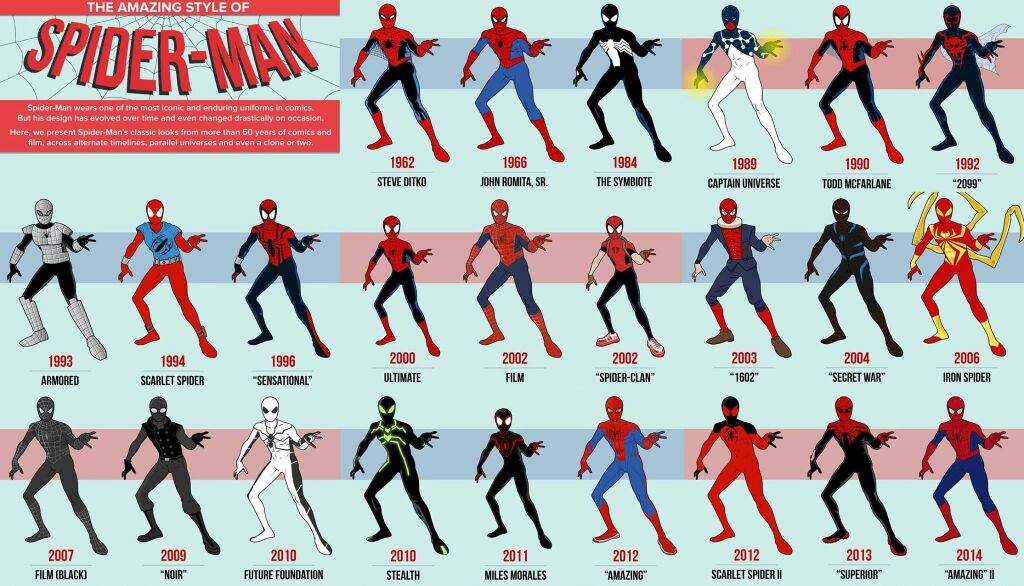 Unlike drama, tragedy, comedy, dance is devoid of words.
Unlike drama, tragedy, comedy, dance is devoid of words.
Sometimes the word "dance" is replaced by the word "dance". Dance differs from dance in that it is performed in accordance with fixed figures, elements, and dance involves improvised, free performance. To dance means to fantasize, to freely use familiar and immediately composed movements, and to dance means to individually perform an already existing, as if predetermined, pattern.
As one of the forms of artistic creativity, dance uses the main material - the plasticity of the human body, "living plasticity", according to VG Belinsky [9, p.68]. The main elements of the dance are gesture - the plastic movement of the body (most often the hands) and rhythm - the placement of this movement (step, pa, dance element) in space. Their unity is a dance composition.
The main types of dance are stage and folklore, i.e. folk, household Stage dance is subject to the conditions of performance on stage. Its main variety is classical dance - a kind of theatrical dance that uses a well-defined system of movements, in which there is and cannot be anything superfluous and accidental. And folk dance is closest to its origins, and therefore over time it does not lose its relevance.
And folk dance is closest to its origins, and therefore over time it does not lose its relevance.
Nowhere and never in the history of world culture has folk dance flourished as we did in Russia in the 20th century. Only in our conditions could wonderful professional folk dance ensembles be created, carefully collecting folklore and creating wonderful examples of dance art on its basis, thereby differing from other creative groups in their repertoire and performance technique.
Interesting dances conveying images of animals and birds. They could be performed by both men and women. In dances, birds were depicted as a person saw them in nature: the characteristic features of birds, habits, and voice were transmitted. For example, Berkutostan, staged at 1992, - a dance that tells about the heroic past of the Bashkir people. In Bashkir folklore, a proud, worthy man is always compared with a strong, fearless bird - a golden eagle. Thus, with the help of the national symbol, the choreographer embodies the warlike spirit of the people, their desire for justice. Zilyan here turns into the wings of a golden eagle, the golden eagle - into a warrior, a Bashkir woman becomes his worthy companion ... The dance shows all the strength, vigilance, courage of a young man, all the grace of a girl. In the sparkling dzhigitovka with sabers and shields, both jigit warriors and pure, chaste girls take part. In this dance, through the image of a proud bird, the warlike character of the Bashkir people is shown.
Zilyan here turns into the wings of a golden eagle, the golden eagle - into a warrior, a Bashkir woman becomes his worthy companion ... The dance shows all the strength, vigilance, courage of a young man, all the grace of a girl. In the sparkling dzhigitovka with sabers and shields, both jigit warriors and pure, chaste girls take part. In this dance, through the image of a proud bird, the warlike character of the Bashkir people is shown.
A very interesting dance is “Korolai”, a deer dance staged in 1992. Four girls depict deer, how graceful, important, free in nature they are, how sensitive, cautious and how shy they can be, afraid of being attacked by wolves. With the help of gestures that imitate the movements in the dance, the internal state of the deer is shown.
In addition to battles and hunting, the dances of the Bashkirs reflected the peculiarities of everyday life, closely connected with economic life. For example, the repertoire of the ensemble includes the dance "Baik", staged at 1996 by the Honored Art Worker of the RSFSR F. A. Gaskarov, who for many years collected material on the choreographic folklore of the Eastern Bashkirs, but recorded back in 1976. It is very popular throughout Bashkiria. It is usually performed by older men, and if young men dance, they will certainly imitate the movement and manners of the old men. The dance creates the image of an experienced person who has seen a lot in his lifetime. Baik is an old bogeyman who came to the festivities to the youth and begins to show them the movements of his youth. Young people accept these movements and try to correctly repeat after their grandfather. As a result, we see that this is not a decrepit old man, but, on the contrary, a man full of energy, vivacity, and optimism. The performer must have a sense of humor, as this is one of the main qualities of the legendary Bayik. Here is how L. Nagaeva describes it: “Under the lingering sounds of kurai, Gabitov F. G. * went to the middle of the site. Slowly rolling up his sleeves, he approached the kuraist.
A. Gaskarov, who for many years collected material on the choreographic folklore of the Eastern Bashkirs, but recorded back in 1976. It is very popular throughout Bashkiria. It is usually performed by older men, and if young men dance, they will certainly imitate the movement and manners of the old men. The dance creates the image of an experienced person who has seen a lot in his lifetime. Baik is an old bogeyman who came to the festivities to the youth and begins to show them the movements of his youth. Young people accept these movements and try to correctly repeat after their grandfather. As a result, we see that this is not a decrepit old man, but, on the contrary, a man full of energy, vivacity, and optimism. The performer must have a sense of humor, as this is one of the main qualities of the legendary Bayik. Here is how L. Nagaeva describes it: “Under the lingering sounds of kurai, Gabitov F. G. * went to the middle of the site. Slowly rolling up his sleeves, he approached the kuraist. The face of the performer changed, as if it were not an empty courtyard, but a festive Maidan filled with people. Dancing, he looked around, smiling slyly, then condescendingly. Circular moves were replaced by energetic fractions, appeals or bows to the kuraist. The movements were either measured, heavy, or quick, light. With humorous movements, the dancer portrayed fatigue, “drying sweat”, etc.
The face of the performer changed, as if it were not an empty courtyard, but a festive Maidan filled with people. Dancing, he looked around, smiling slyly, then condescendingly. Circular moves were replaced by energetic fractions, appeals or bows to the kuraist. The movements were either measured, heavy, or quick, light. With humorous movements, the dancer portrayed fatigue, “drying sweat”, etc.
Types of dance: brief description and history
People learned to dance much earlier than to talk. Even in ancient times, with the help of dance, primitive men called on spirits before hunting. In our time, many types of dances have become professional.
Consider some types of dances.
-
Ballet appeared in the 16th century AD. This beautiful style was born in magnificent Italy. Ballet developed very intensively and over time became a separate art. This type of dance is more professional than amateur. To do it, you need to have excellent stretching, a lot of free time and a great desire.

-
Tap dance is a theatrical dance that was first performed by Americans. The main movements in tap dancing are on the legs. It is most often danced without musical accompaniment, because the main idea of this dance is to beat the rhythm with your feet.
-
R'n'B style has recently become very popular among women. This is a new direction, the movements of which help to emphasize sexuality and femininity.
- Russian folk dances were invented by the people themselves. There are a lot of different jumps, round dances and dynamic movements. Currently, dances in this style are very popular on the big stage, as they perfectly cheer up the audience.
-
Oriental dances used to have a ritual character. Now it is the favorite dance style of many women. Being engaged in oriental dances, you can form a beautiful figure, learn how to move plastically and feel sexy and desirable.
-
Latin American dances are the most incendiary and sensual of all.
 Their movements are easy. The main task of the dancer is to feel the music and show all the fire of passion that lives inside.
Their movements are easy. The main task of the dancer is to feel the music and show all the fire of passion that lives inside.
Types of dances can be described indefinitely. there are many of them in the modern world. People love to move, they love to feel the music and give themselves completely to it, because it's so relaxing.
Attention should also be paid to ballroom and street dancing. These are completely different directions in their essence and style of performance. What types of ballroom dancing exist? This is a slow English waltz, sexy tango, sensual slow foxtrot, romantic Viennese waltz and incendiary quick step. Each of these dances expresses certain emotions that wake up in a person during movement.
Types of street dances are also quite diverse and interesting. This is a modern folk dance direction. The main type of street dance is hip-hop. He was born in the USA and at the moment has become widespread throughout the world. Hip-hop competitions of various sizes are held.




